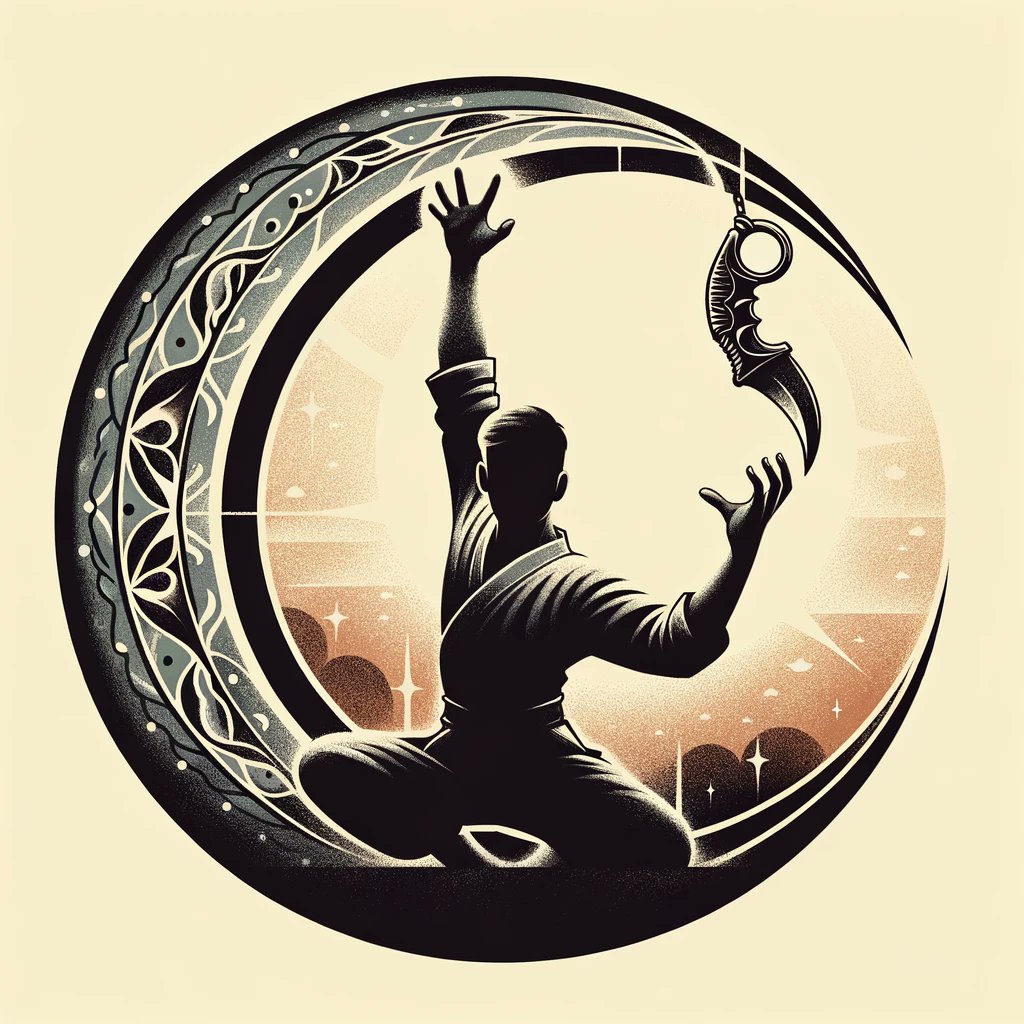🧵 Just 15% of people wearing N95 masks could drastically reduce COVID in our community. We don’t need everyone to mask up for it to make a big difference—here’s why.👇
1The Power of a Small Group:
We don’t need 100% compliance to stop COVID in its tracks. If just 15% of the community wore N95 masks, we could drastically reduce the spread. That’s 1 out of every 7 people making a difference for everyone. 🌍💡
2How Collective Action Works:
Think of it like pulling on a rope in a tug-of-war. The more people on your side, the easier it is to win. With even 15% of the community masking, we create enough resistance to slow down and squash COVID transmission.
3The Impact of 15% Masking (Based on Forecast):
This forecast shows that at 15% N95 mask compliance, infection rates could be cut by 40-50%. That’s massive—imagine cutting the spread of an infectious disease in half, with only a small portion of the population masking up!
4Empower Yourself to Protect Others:
You don’t need to wait for everyone else to act. Be part of the 15% who make a real difference. Your choice to wear an N95 helps protect you, your family, and the community, especially those most at risk.
5A Small Action with Big Results:
It doesn’t take much—just a few more people masking up can prevent hundreds of thousands of infections. That’s fewer sick days, fewer long-term effects, and fewer people in hospitals. It’s a win for everyone.
6Why Empowering 15% Works:
COVID spreads through the air, and masks act as barriers. The more barriers we have (even if it’s only 15% of people), the harder it is for the virus to spread and take hold.
7Think of the Collective Benefit:
This isn’t just about you. It’s about what we can do together. If 15% of us mask up, we protect the elderly, those with health conditions, and people who can’t mask up themselves. That’s community care.
8The Road Ahead:
We don’t need everyone to mask, but we need enough of us to take action. Being part of the 15% could squash the next wave of COVID, keep our schools open, and allow us to live safer, healthier lives.
So let’s start small and build from there. Be part of the 15% who care enough to act and help squash COVID before it spreads. #MaskUp #COVID19 #CommunityAction
1The Power of a Small Group:
We don’t need 100% compliance to stop COVID in its tracks. If just 15% of the community wore N95 masks, we could drastically reduce the spread. That’s 1 out of every 7 people making a difference for everyone. 🌍💡
2How Collective Action Works:
Think of it like pulling on a rope in a tug-of-war. The more people on your side, the easier it is to win. With even 15% of the community masking, we create enough resistance to slow down and squash COVID transmission.
3The Impact of 15% Masking (Based on Forecast):
This forecast shows that at 15% N95 mask compliance, infection rates could be cut by 40-50%. That’s massive—imagine cutting the spread of an infectious disease in half, with only a small portion of the population masking up!
4Empower Yourself to Protect Others:
You don’t need to wait for everyone else to act. Be part of the 15% who make a real difference. Your choice to wear an N95 helps protect you, your family, and the community, especially those most at risk.
5A Small Action with Big Results:
It doesn’t take much—just a few more people masking up can prevent hundreds of thousands of infections. That’s fewer sick days, fewer long-term effects, and fewer people in hospitals. It’s a win for everyone.
6Why Empowering 15% Works:
COVID spreads through the air, and masks act as barriers. The more barriers we have (even if it’s only 15% of people), the harder it is for the virus to spread and take hold.
7Think of the Collective Benefit:
This isn’t just about you. It’s about what we can do together. If 15% of us mask up, we protect the elderly, those with health conditions, and people who can’t mask up themselves. That’s community care.
8The Road Ahead:
We don’t need everyone to mask, but we need enough of us to take action. Being part of the 15% could squash the next wave of COVID, keep our schools open, and allow us to live safer, healthier lives.
So let’s start small and build from there. Be part of the 15% who care enough to act and help squash COVID before it spreads. #MaskUp #COVID19 #CommunityAction
• • •
Missing some Tweet in this thread? You can try to
force a refresh






